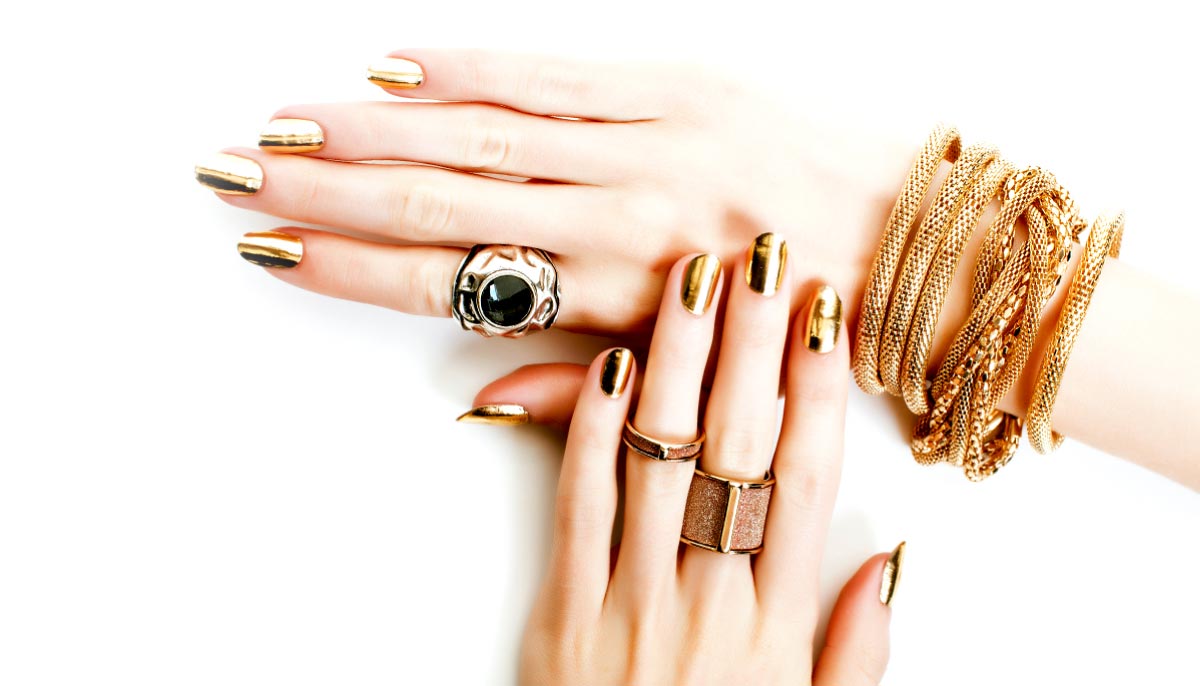
24 Karat Operations: How Can Luxury Retailers Protect Their Brand Online?
The accelerated focus on digital sales beginning in 2020 has forced luxury brands to develop new strategies to meet shifting customer expectations. Explore how luxury retailers can protect their brand in today’s digital-first market by elevating the DTC experience with 24 karat online operations.
As more luxury brands sell direct to consumers online, they are constantly seeking ways to differentiate the experience and protect their most valuable asset: their brand. While a luxury brand may intuitively seem valuable, companies have long known there is real, measurable value in that brand.
In fact, in the increasingly “digital-first” world of commerce, the online shopping experience may be people’s first or only experience with a brand. For this reason, luxury brands must take extra steps to assure that every aspect of the experience meets the standards that shoppers expect (and that the brand expects of itself).
Greater Expectations
Shoppers come to luxury retailers with expectations of an elevated experience. Luxury retailers not only have to meet those expectations, but they must do so on-brand, even more so for a luxury brand’s eCommerce channel. The high-end boutique experience must translate throughout the shopping, purchasing and fulfillment process of an online order to protect their brand in the digital space.
Regardless of the category of goods sold, the key elements of a luxury shopping experience are fairly uniform:
- Delivering on brand ethos: Maintaining a consistent and uniquely appropriate brand character through every detail of the shopping experience, from the online presentation of the merchandise, to the language and tone used by the customer service agents, to the quality and right-sizing of the packaging for shipping
- Inventory optimization: Ensuring maximum availability of merchandise, including options like colors and sizes by leveraging fully integrated systems that provide real-time inventory visibility across channels
- Concierge-level support: Providing 24/7 support staffed by knowledgeable agents across all channels (chat/phone/email) who are skilled at consultative selling, answering very detailed product-specific questions, proposing appropriate alternative merchandise if necessary, and pairing additional products (i.e. a bracelet to match a necklace)
Communication is Key
The luxury experience requires a very different dynamic from conventional customer support operations that are likelier focused on shorter average handle times and the volume of calls handled versus the service rendered. The luxury shopping experience is about relationship building or, more accurately, building on the relationship the shopper already has with the brand. Luxury buyers tend to be more brand loyal precisely because they are served with consistent excellence. That excellence should include first call resolution for each contact.
Great communication doesn’t stop there. Pro-active communication informing customers of order status needs to go beyond the usual functional emails to cultivate a relationship with the customer. Those notifications should be highly personalized, attractive, and tastefully promotional.
Perhaps the most important communication is the delivery of the order itself. The packaging needs to be premium, with unique brand elements, and with absolute consistency from one package to the next. Shipping boxes should be sized proportionately to the items shipped. And each order should arrive with a personal note or other acknowledgement of the customer’s selection and continued business.
To make all this happen—and happen consistently—clear and detailed instructions need to be communicated to operational staff, and routine oversight of their implementation should be increased. These instructions assure adherence to brand guidelines as well as the best possible experience for the customer.
Bonus Points
Some other elements of the luxury experience may seem more mundane but, in context, can feel premium. These include offers like complimentary 2-day shipping, which adds value without eroding a premium brand positioning. Including return labels can exude confidence in the merchandise as well as make the returns process that much more convenient.
Returns and customer dissatisfaction is where the frontline personnel are saddled with the greatest responsibility for protecting the brand. This includes diplomatic first-call resolution of disputes, as well as gathering feedback for manufacturers to improve product quality or features.
At the high end of the spectrum, you’ll find operational details like using actual white gloves to avoid fingerprints (on items like cosmetics or jewelry, for example) or cleaning items of the tiniest amount of dust that might have accumulated during storage.
Such attention to details in the context of luxury shopping is not exceeding expectations, but simply meeting them. When a luxury brand goes direct-to-consumer online, it must deliver an ultimate customer-first experience to protect their brand. It must not only be excellent, but it must be true to the spirit of the brand.
It’s precisely because these brands hold the customer experience in such high regard that customers return the sentiment.


